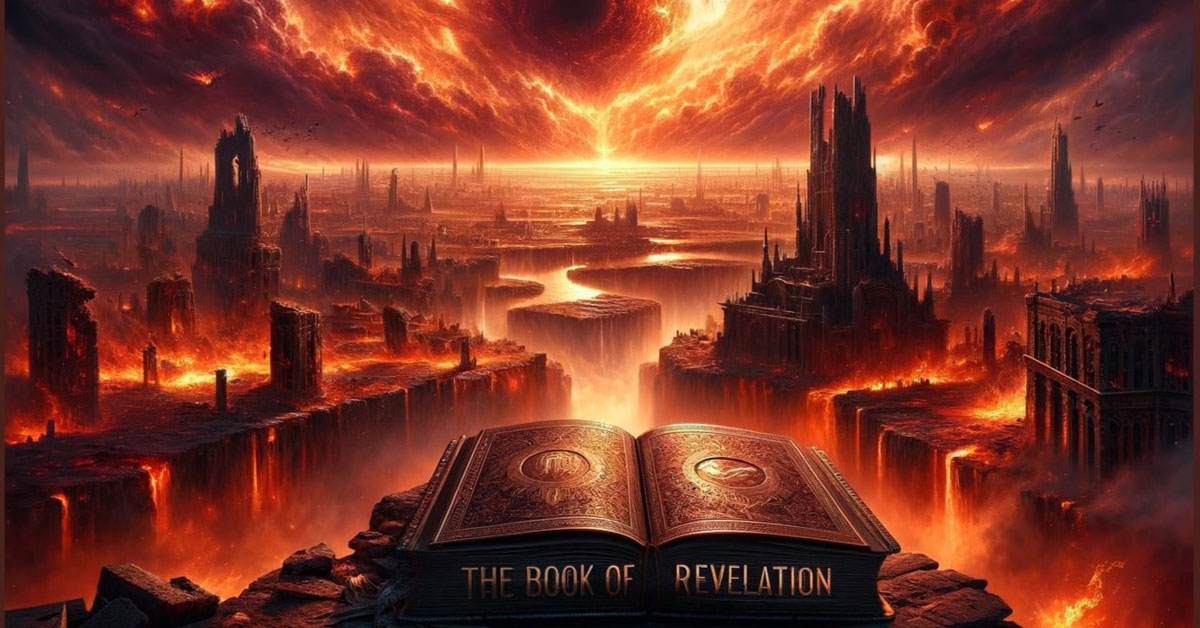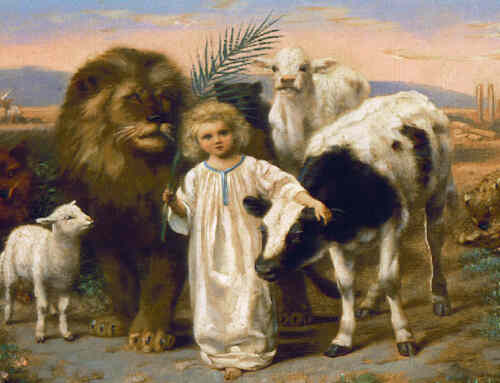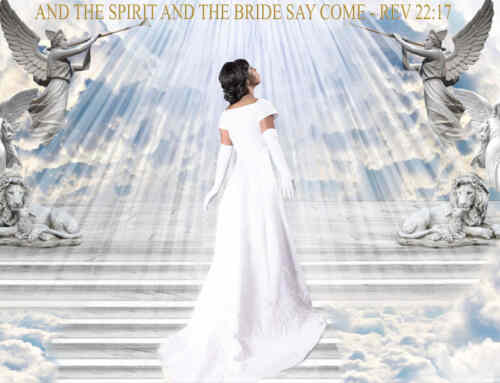Revelation is a book written in symbols. Usually, we recognize these symbols as representing other things or concepts. To interpret them literally would only bring us to absurd conclusions. When we read of different colored horses, animals with lions’ heads and scorpions’ tails, seven-headed dragons, two-headed beast, dragons with a tail that pulls down a third of the stars in heaven and other vivid imagery, we are forced to search for what these symbols represent. But some Christians fail to interpret in Revelation commonly used words as symbols, such as heaven, earth, sea, hail, mountains, water, fire, stars, trumpets, vials and others. These must also be properly interpreted or else we might form false conclusions about what is being said.
Revelation 20:14-15 says, “And death and hell were cast into the lake of fire. This is the second death. And whosoever was not found written in the book of life was cast into the lake of fire.” The revelator interprets the symbolism of the lake of fire by saying, “this is the second death.” The lake of fire is also mentioned in Revelation 20:10, “And the devil that deceived them was cast into the lake of fire and brimstone, where the beast and the false prophet are, and shall be tormented day and night for ever and ever.” Notice here that the “beast” and the “false prophet” are already in the lake of fire before the “devil” is thrown in.
We find that these symbolic entities (beast and false prophet) were put down and everlastingly destroyed earlier in Revelation. In Revelation 20:14, we see death and hell (the grave) are also thrown into the lake of fire, thereby symbolically saying that even these conditions will be forever done away. This will be the fate of all systems and individuals that fail to come into harmony and obedience with the established kingdom of God.
This judgment is called “second death,” because this will be a last and final judgment against all willful acts of sin. But why should it be called “second death”? We now discuss the Matthew 5:22 text of the question. Here Jesus speaks of the punishment of “hell fire.” Hell is an English word primarily translated from the Greek words hades and gehenna and from the Hebrew word sheol. Hades and sheol have the same meaning. Both words can properly be termed the “grave.” This destiny comes upon all men through the fall of Adam. We may call it the first death.
Because the Jews believed in a resurrection and recovery from this first condition, it was necessary for Jesus to emphasize the necessity of change of heart and development of character, else a raising from the dead would do them no good. He referred to the literal place of gehenna, now widely thought to have been a garbage dump outside Jerusalem, as an apt symbol.
The Jews knew that whatever was thrown into the gehenna valley never came out. Fire was kept going to burn up the garbage that was thrown in, and what did not burn was eaten by worms. Thus, we have the phrase “where the fire is unquenched, and the worm does not die” (Mark 9:44,46,48). The Jews knew Jesus’ use of the word gehenna meant a condition of death from which there was no return—a second death, an everlasting death, a finality.
Additional Resources:
Christian Questions Podcast – multiple audio episodes and study guides with a scriptural walkthrough on hellfire
PDF Booklet: “The Truth About Hell”
PDF Booklet:“Where Are the Dead?” for an explanation of every passage in the Bible containing the word “hell.”
Video: What’s the Truth About Hell?












